Salomon Quartet - Mozart: String Quartets K. 575 & K. 590 "Prussia I & III" (On Period Instruments) (1991)
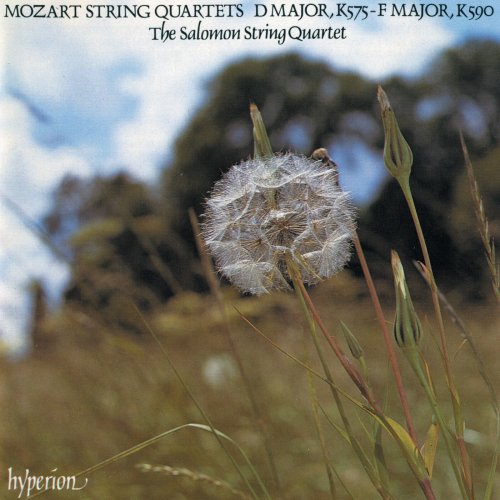
Artist: Salomon Quartet
Title: Mozart: String Quartets K. 575 & K. 590 "Prussia I & III" (On Period Instruments)
Year Of Release: 1991
Label: Hyperion
Genre: Classical
Quality: flac lossless (tracks)
Total Time: 01:00:10
Total Size: 267 mb
WebSite: Album Preview
TracklistTitle: Mozart: String Quartets K. 575 & K. 590 "Prussia I & III" (On Period Instruments)
Year Of Release: 1991
Label: Hyperion
Genre: Classical
Quality: flac lossless (tracks)
Total Time: 01:00:10
Total Size: 267 mb
WebSite: Album Preview
01. String Quartet No. 21 in D Major, K. 575 "Prussian No. 1": I. Allegretto
02. String Quartet No. 21 in D Major, K. 575 "Prussian No. 1": II. Andante
03. String Quartet No. 21 in D Major, K. 575 "Prussian No. 1": III. Menuetto. Allegretto – Trio
04. String Quartet No. 21 in D Major, K. 575 "Prussian No. 1": IV. Allegretto
05. String Quartet No. 23 in F Major, K. 590 "Prussian No. 3": I. Allegro moderato
06. String Quartet No. 23 in F Major, K. 590 "Prussian No. 3": II. Andante
07. String Quartet No. 23 in F Major, K. 590 "Prussian No. 3": III. Menuetto. Allegretto – Trio
Early in 1789 Mozart embarked on a tour of northern Germany in the company of his pupil, Prince Karl Lichnowsky. They travelled by way of Prague and Dresden to Leipzig, where he was entertained at St Thomas’s Church, and then on to Potsdam and Berlin. In part, the aim of the trip seems to have been to experience J S Bach’s music at first hand. Mozart had come into contact with keyboard music by members of the Bach family in the early 1780s at the house of Baron Gottfried van Swieten, but it was not until 1789 that he was able to hear some of the older composer’s major choral works, such as the eight-part motet Singet dem Herrn.
The main purpose, however, was more mundane. Mozart was desperately short of money and was looking for lucrative engagements and commissions for new compositions. Although the concerts he gave in north Germany were well received, they were not particularly profitable, and the main outcome of the journey seems to have been two commissions from the Berlin court. In a letter written to his friend and creditor Michael Puchberg soon after his return to Vienna, Mozart claimed that he was writing ‘six easy clavier sonatas for Princess Friederike’ (the eldest daughter of King Frederick William II of Prussia) and ‘six quartets for the king, which Kozeluch is engraving at my expense’. In the event, Mozart finished only one of the sonatas—his last, K576 in D—and half the set of quartets—the three so-called ‘Prussian’ quartets, K575 in D, K589 in B flat, and K590 in F, his last work in the medium. Mozart evidently hoped that his new quartets would solve his financial problems, for he wrote to Puchberg in December 1789 that ‘this summer, thanks to my work for the King of Prussia, I hope to be able to convince you completely of my honesty’. By May 1790, however, he was complaining that worry over his debts had prevented from finishing the works, and the next month he admitted that he had ‘now been forced to give away my quartets (that exhausting labour) for a mere song, simply in order to have cash in hand to meet my present difficulties’. Indeed, the published edition of the quartets, issued by Artaria shortly after Mozart’s death, contains no reference to the Prussian king and his commission.
It used to be thought that Mozart, eager to get the quartets started, based the first two movements of K575 on sketches of uncompleted works from the early 1770s, the period of his Italian journey s and his first spate of quartet writing. The argument, which was largely based on his use of a coarse greyish paper for the autograph score of K575 and the beginning of the autograph of K589, has now been disproved. The paper is not Italian: it came from a Bohemian mill and was probably purchased by Mozart in Dresden or Prague on his way home to Vienna from Berlin. But many critics have noticed that all three works have a relaxed, charming character that seems to hark back to Mozart’s early Italian quartets; the mood, set by his recurring use of the tempo ‘Allegretto’, is certainly far removed from the pithy seriousness of his preceding group of quartets, the famous set dedicated to Haydn.
The explanation seems to lie in the special terms of Frederick William’s commission. The Prussian king was a keen amateur cellist, and collected chamber music with prominent cello parts. In 1786, the year of his accession, he obtained quartets of this sort from Pleyel, and engaged Boccherini—who had developed the string quintet with two cellos—as his chamber composer. The next year Frederick William commissioned a set of quartets from Haydn, his Opus 50. Haydn, as we might expect, did not respond simply by giving the cello concerto-like passages, for that would have fatally loosened his spare, concentrated musical architecture. Instead, he brought the cello into the musical argument by using the sort of motivic, semi-contrapuntal writing that he had just developed for his Seven Last Words; he made its quartet version about the time he began Op 50. By 1789, however, Mozart had taken what he needed from Haydn’s quartet style, and was ready to move in a different direction. The royal cellist is indulged in expansive solos that take his instrument high into the treble clef; and to even things up the other members of the ensemble are given similar material. The result at times is rather like a sinfonia concertante without orchestra; or, more precisely, like the type of ‘quatuor concertant’ that was popular in France, and had been popularised by Boccherini (who worked mainly in Spain, but whose chamber music was mostly published in Paris). Boccherini’s Opus 24 quartets of 1777 also have brilliant cello parts, and may be the immediate models of Mozart’s ‘Prussian’ quartets.
The impression is often given that Mozart, uniquely among the great classical composers, was able to compose easily and quickly without the aid of sketches. But his later quartets, at least, cost him a great deal of effort. In the letter to Puchberg quoted above he wrote of the ‘exhausting labour’ that the Prussian quartets entailed, and he had earlier described his Haydn quartets as the ‘fruit of long and laborious toil’. Another indication of uncharacteristic uncertainty is the existence of a number of draft movements that were later rejected from both sets of quartets. Mozart seems to have had at least two shots at all three finales of the Prussian quartets, and there is at least one fragment in G minor of what Mozart may have intended as a fourth Prussian quartet. Indeed, it may be that he failed to complete the set not because of his personal circumstances, but because he was becoming increasingly uncomfortable with the quartet medium. He certainly found the time and the energy to write the two large-scale string quintets K593 and K614 in the winter of 1790–91; they continue the expansive mood of the Prussian quartets, but in a medium that offered even greater room for expansion. Many writers have also noticed echoes of Figaro and Così fan tutte in the Prussian quartets (Così was written and produced while he was struggling with them), and it may just be that Mozart eventually found that the brilliant, concertante writing he gave to all four stringed instruments was more naturally deployed in opera or the concerto. We may feel that Mozart’s instinct was correct, for in the subsequent history of the Classical string quartet the ‘quatuor concertant’ turned out to be a blind alley, shunned by the great composers. But the Prussian quartets certainly contain a wealth of wonderful music, and their troubled genesis gives them a special place in Mozart’s works.
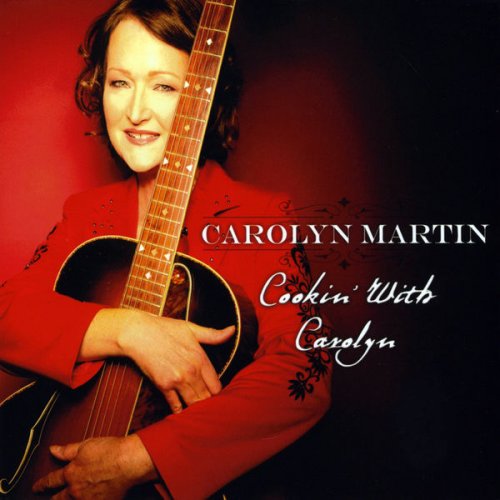
![Bryan Ferry - Bitter-Sweet (2018) [Hi-Res] Bryan Ferry - Bitter-Sweet (2018) [Hi-Res]](https://www.dibpic.com/uploads/posts/2018-11/1543491501_folder.jpg)

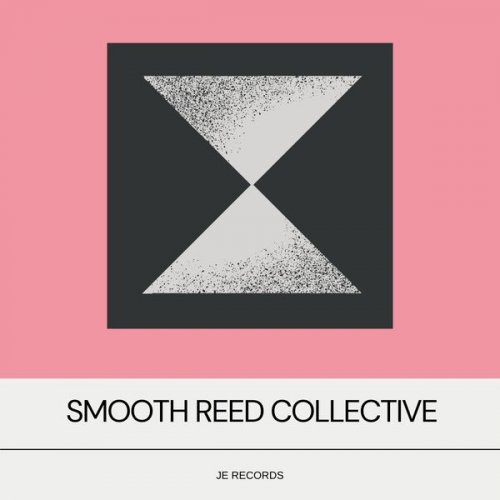
![Frank Sinatra, Count Basie - It Might As Well Be Swing (1964) [2021 SACD] Frank Sinatra, Count Basie - It Might As Well Be Swing (1964) [2021 SACD]](https://www.dibpic.com/uploads/posts/2025-12/1766090910_scan-1.jpeg)
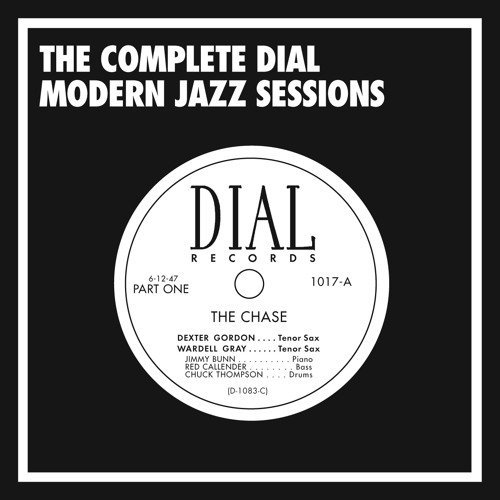
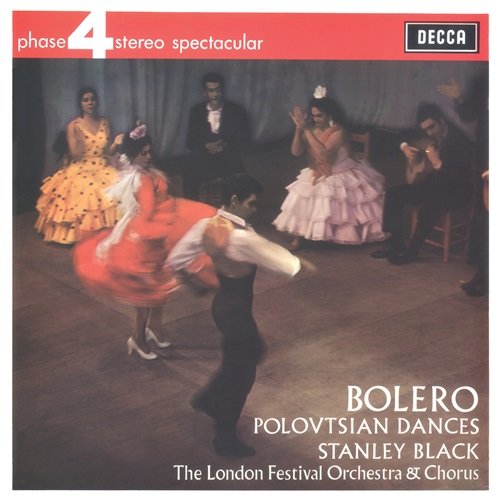
![Betty Carter - The Music Never Stops (2019) [Hi-Res] Betty Carter - The Music Never Stops (2019) [Hi-Res]](https://www.dibpic.com/uploads/posts/2025-12/1765896843_bcmn500.jpg)
![The Baroque Jazz Ensemble - The Baroque Jazz Ensemble (feat. Ira Schulman) (2025) [Hi-Res] The Baroque Jazz Ensemble - The Baroque Jazz Ensemble (feat. Ira Schulman) (2025) [Hi-Res]](https://img.israbox.com/img/2025-12/19/yehoqbmzkuwk180c26lz85clx.jpg)